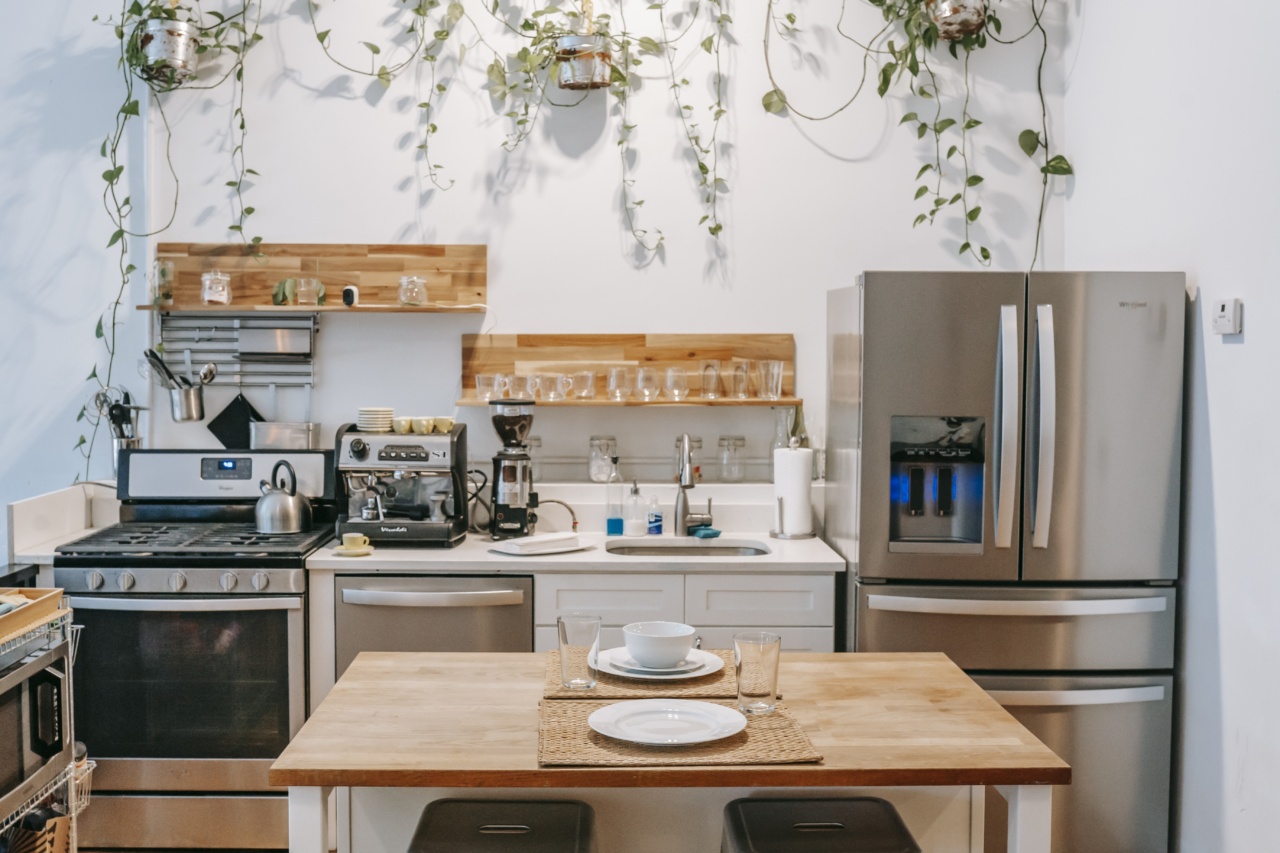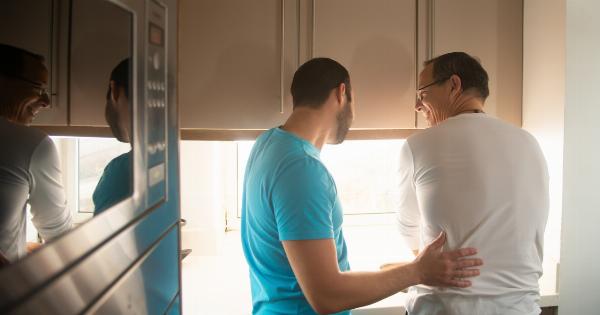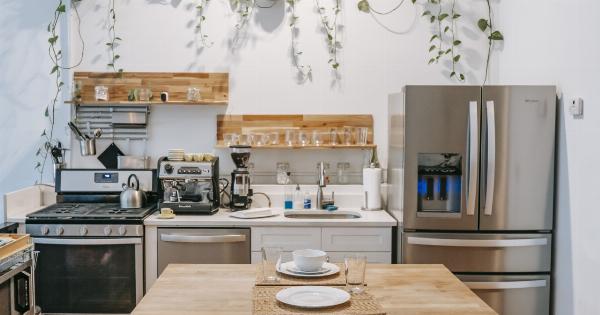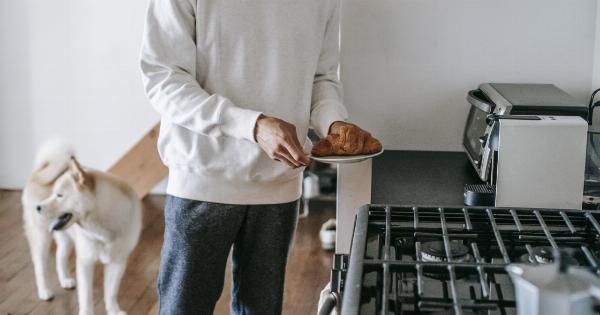Whether you’re a seasoned microwave chef or a beginner, it’s crucial to prioritize safety when cooking with this convenient appliance.
Microwave ovens have revolutionized the way we cook, allowing us to quickly heat or cook a wide range of foods. To ensure your microwave cooking experiences are not only delicious but also safe, here are some essential tips and techniques to keep in mind.
1. Use Microwave-Safe Containers
It’s crucial to use appropriate containers when microwaving food. Only use microwave-safe containers, as other materials can melt or release harmful chemicals when exposed to heat.
Look for containers labeled as microwave-safe or made from glass, ceramic, or microwave-safe plastic.
2. Avoid Metal and Foil
Never put metal or aluminum foil in the microwave, as they can cause sparks or a fire hazard. Metal reflects microwave energy, which can lead to damaging the appliance or even starting a fire. Stick to microwave-safe materials like glass and plastic.
3. Use Microwave Covers
When microwaving food that tends to splatter, it’s a good idea to cover the dish with a microwave-safe lid or special microwave covers made for this purpose. These covers help prevent messes in the oven and allow food to cook more evenly.
4. Stir and Rotate Food
Microwaves often have hot spots, so it’s important to stir and rotate your food during cooking to ensure even heat distribution.
This is especially important when heating liquids, as they can heat unevenly and potentially boil over once removed from the microwave.
5. Follow Cooking Instructions
Read and follow the cooking instructions on food packages carefully, especially when using microwaveable meals. These instructions are designed to ensure safe and proper cooking, and neglecting them may result in undercooked or overheated food.
6. Use Microwave-Safe Covers for Steam Release
When cooking or reheating food that releases steam, such as rice or vegetables, use microwave-safe covers or vented lids to allow steam to escape. This prevents pressure buildup and potential explosions when opening the container.
7. Be Cautious When Heating Liquids
Heating liquids in the microwave requires extra care. To avoid the risk of burns, choose microwave-safe containers with handles and use potholders or oven mitts when handling hot liquid-filled containers.
It’s also advisable to insert a spoon or stir stick to minimize the risk of sudden boiling or splashing once the liquid is removed from the microwave.
8. Defrost Properly
When using the microwave to defrost frozen foods, follow the appliance’s instructions or use the defrost setting if available. It’s important to complete the cooking process immediately after defrosting to prevent the growth of bacteria.
9. Practice Safe Removal
When removing food from the microwave, use oven mitts or potholders, as the dish and its contents can be extremely hot.
Be careful when uncovering the dish and creating an escape path for steam, as the steam released can cause burns if your skin is too close.
10. Clean Regularly
Keep your microwave clean by wiping up spills and splatters after each use.
Regularly clean the inside of the microwave using mild soap or a microwave cleaner to prevent the buildup of residues that can affect the appliance’s performance and safety.
By following these microwave cooking safety tips and techniques, you can enjoy hassle-free cooking and avoid accidents or damage to your appliance. Remember, safety should always be your top priority when using any cooking equipment.




























